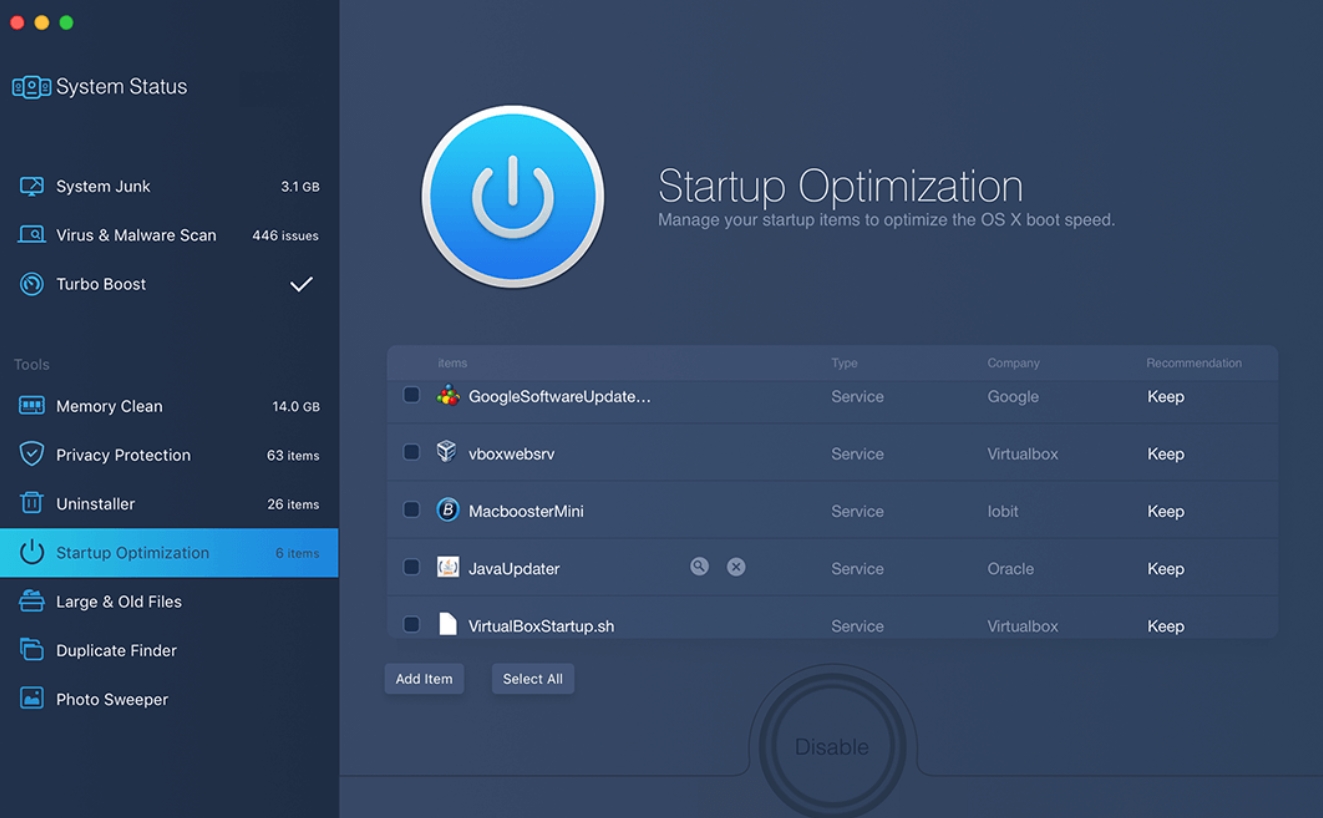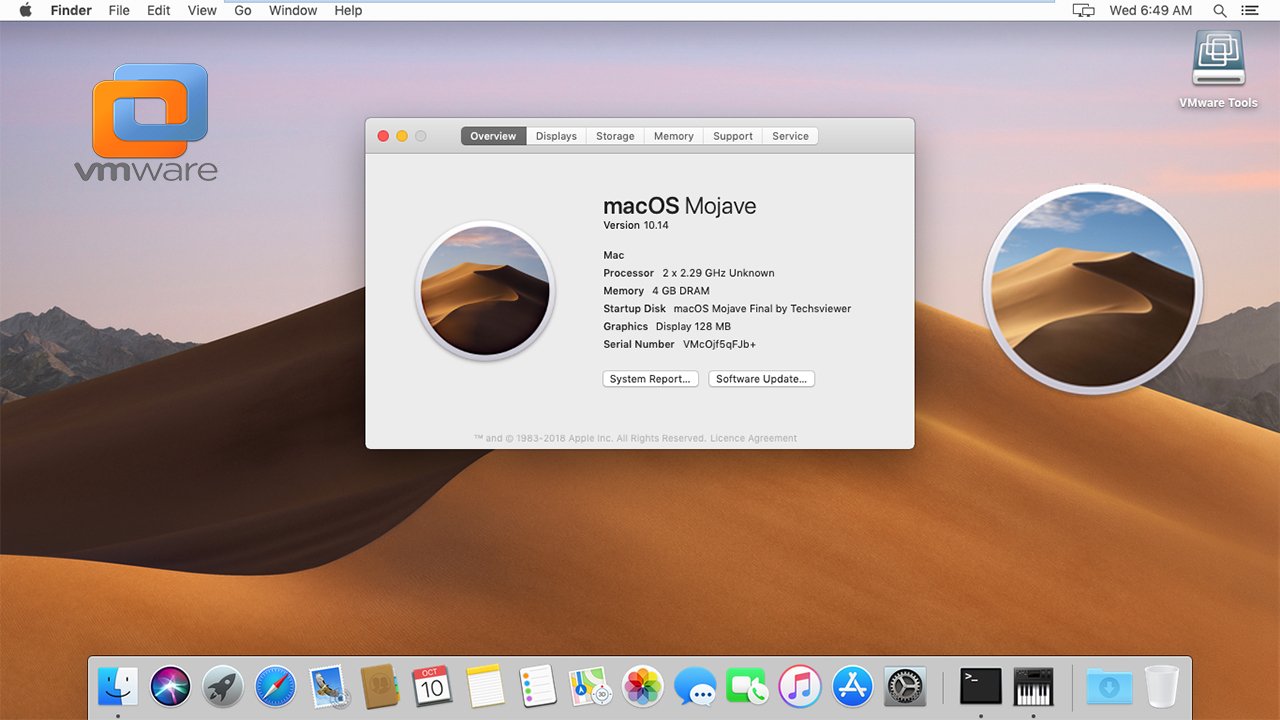


"Because of dependency on architecture and system changes to any current version of macOS (for example, macOS 13)," the document reads, "not all known security issues are addressed in previous versions (for example, macOS 12)." Updating from iOS 16.0 to 16.1 or macOS 12.5 to 12.6 or 12.6.1 is an update. So updating from iOS 15 to iOS 16 or macOS 12 to macOS 13 is an upgrade. Throughout the document, Apple uses "upgrade" to refer to major OS releases that can add big new features and user interface changes and "update" to refer to smaller but more frequently released patches that mostly fix bugs and address security problems (though these can occasionally enable minor feature additions or improvements as well). Further Reading PSA: Apple isn’t actually patching all the security holes in older versions of macOS


 0 kommentar(er)
0 kommentar(er)
